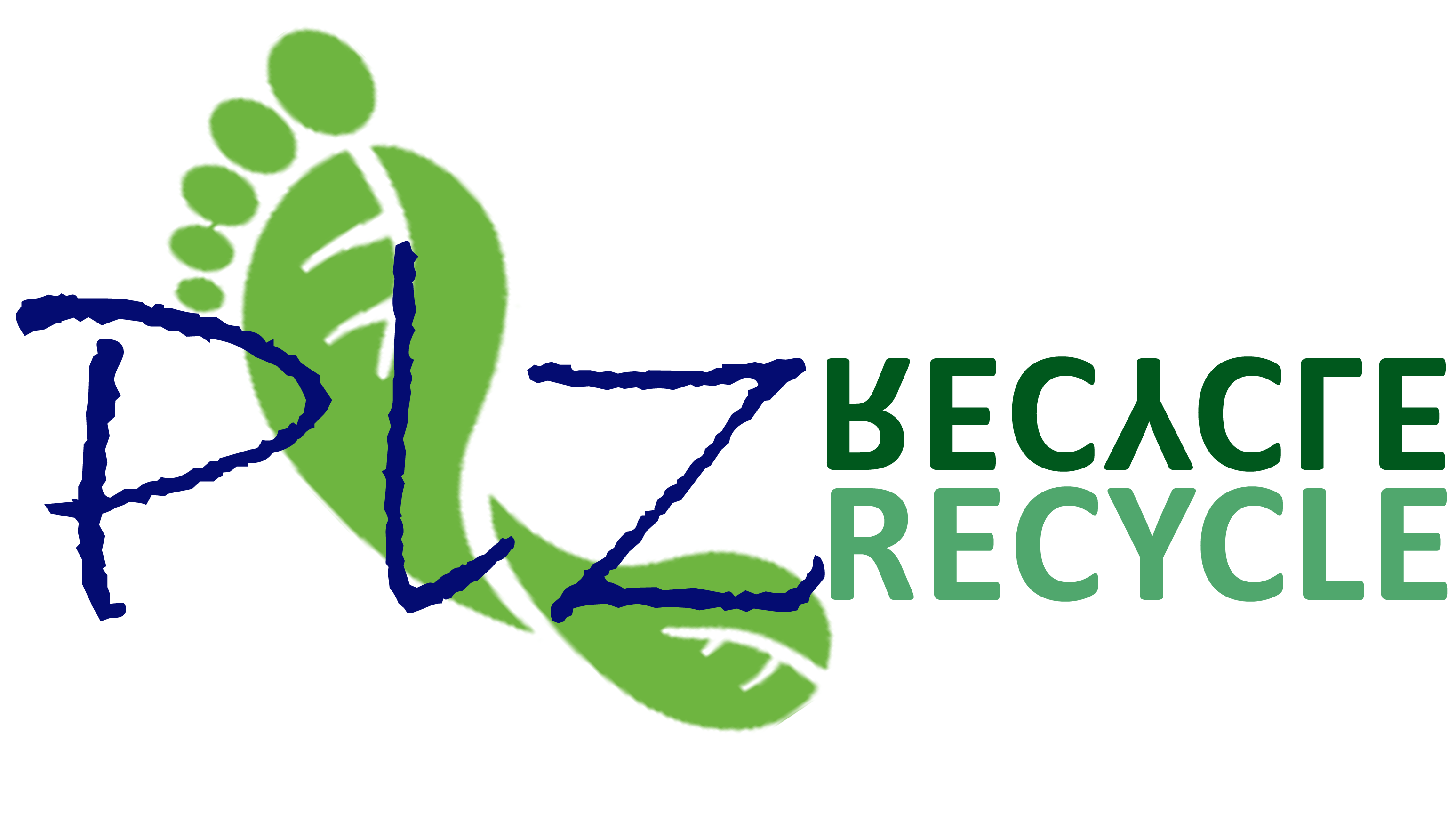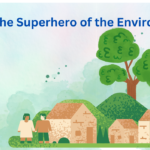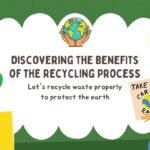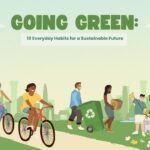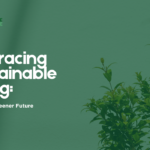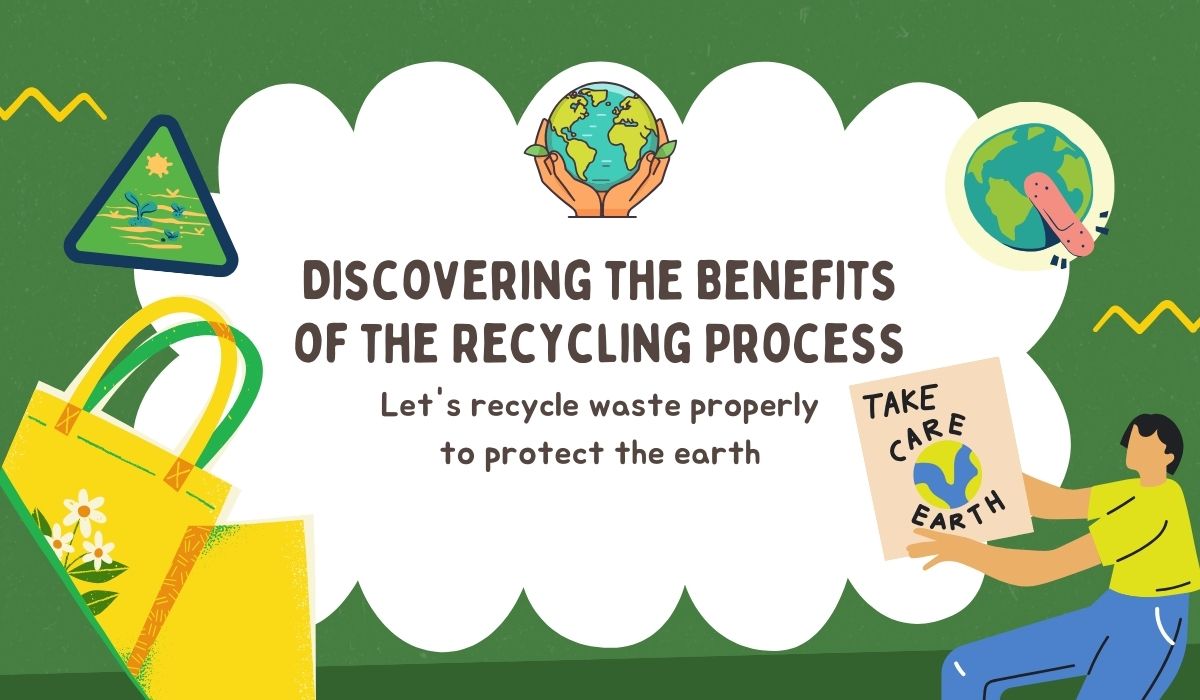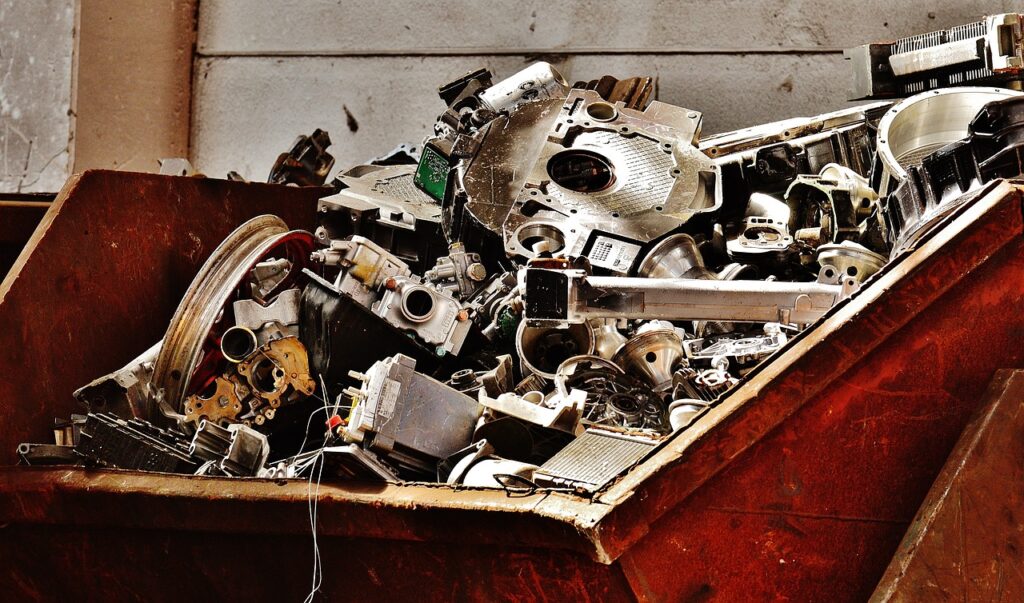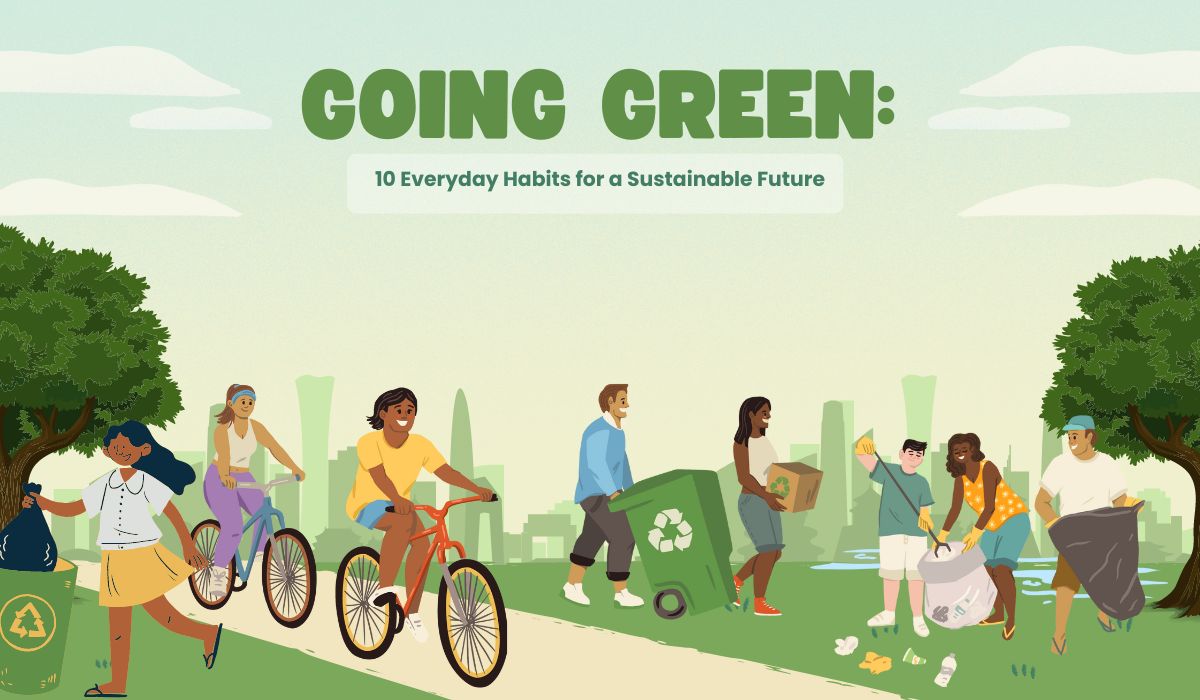In today’s world, recycling has become a key practice in promoting sustainability and protecting our environment. But have you ever wondered what actually happens to the items you toss in the recycling bin? How does an old newspaper, plastic bottle, or aluminum can turn into something new? This article aims to provide a friendly, easy to understand explanation of how recycling works and Recycling Process from the moment you throw an item into the bin to its transformation into a new product.
Table of Contents
The Importance of Recycling
Recycling helps conserve natural resources, reduces the need for landfill space, lowers greenhouse gas emissions, and saves energy. By choosing to recycle, we’re not only giving items a second life but also supporting a more sustainable and eco-friendly world.
Step 1: The Journey Begins in the Recycling Bin
The journey of any recyclable item starts when you place it in the recycling bin. Items commonly accepted in recycling bins include:
- Paper (newspapers, cardboard, office paper)
- Plastic (bottles, containers marked with recycling symbols)
- Glass (jars, bottles)
- Metals (aluminum cans, steel containers)
Before placing items in the bin, it’s best to clean them of food or other residue, as contamination can create challenges later in the recycling process.
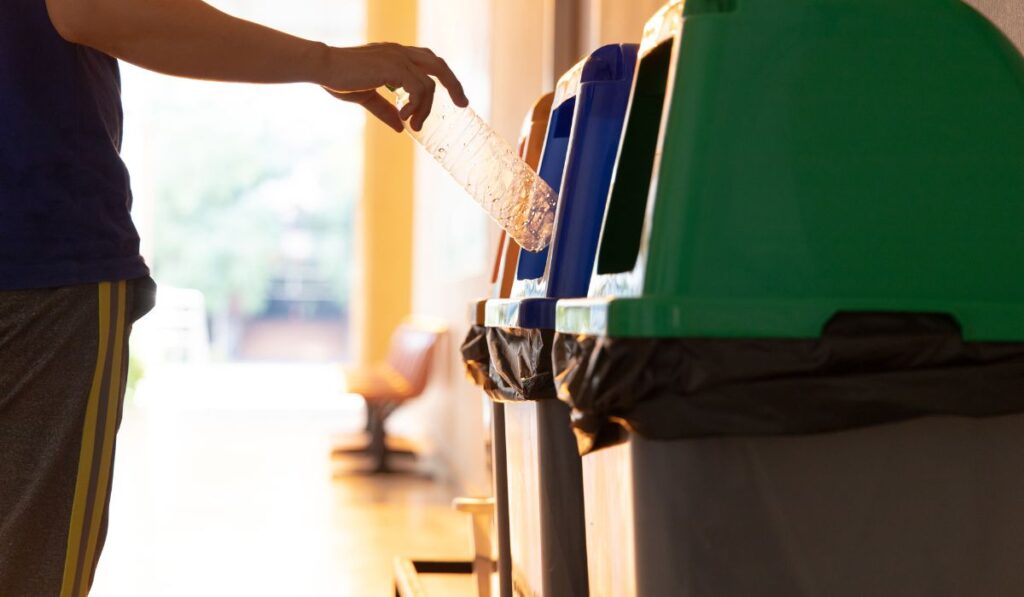
Step 2: Collection and Transportation
Once your recycling bin is collected, the materials go through a transportation process. Trucks specially designed for recycling pick up your bin and take it to a Material Recovery Facility (MRF). This facility acts as the sorting ground where recyclables are separated, cleaned, and prepared for the next steps in the recycling process.
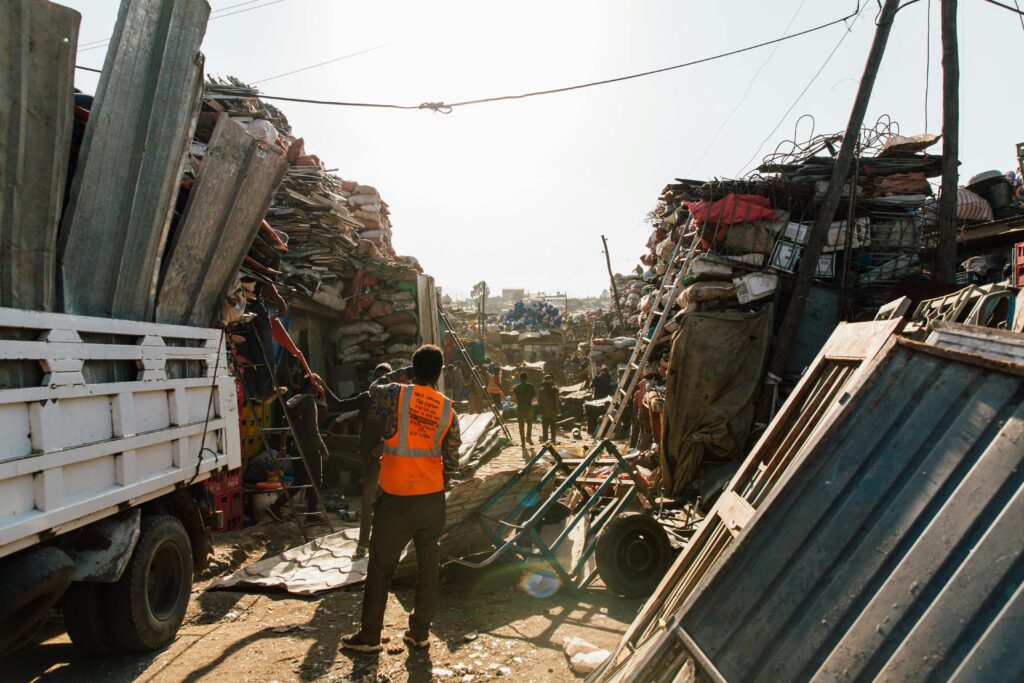
Step 3: Sorting at the Material Recovery Facility
At the MRF, items are separated based on their material types—plastic, glass, metal, and paper. This process involves both human workers and advanced machines, with the aim of ensuring that each material type is placed in its correct category for further processing. Sorting is a critical step as different materials require different recycling methods.
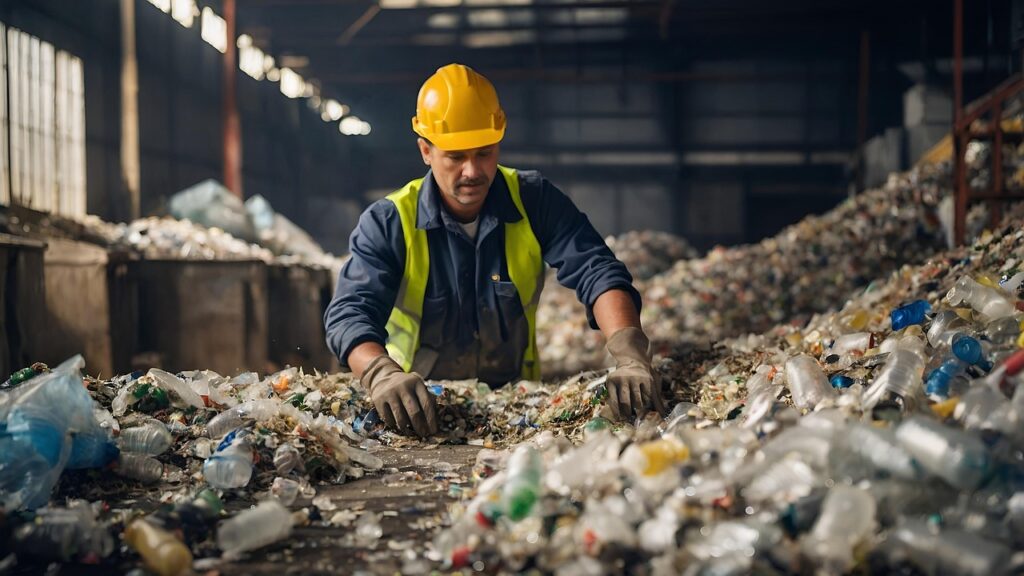
Here’s an overview of how the sorting process typically works:
- Conveyor Belts: Recyclables move through a series of conveyor belts, where large, non-recyclable objects are manually removed.
- Magnets and Eddy Currents: Magnets pull out steel cans, while eddy currents separate aluminum cans.
- Optical Scanners and Air Blowers: Optical scanners identify plastics and paper, using air blowers to direct each item into its designated bin.
- Manual Sorting: Some items require manual sorting to remove any contaminants or misplaced objects.
This thorough sorting process ensures that only the correct materials proceed to the next step and that they are free from contaminants.
Step 4: Cleaning and Processing
After sorting, each material is cleaned to remove any remaining impurities. For example:
- Paper goes through a process called pulping, where it’s combined with water and chemicals to break down into small fibers, removing inks and other contaminants.
- Glass is crushed into small pieces known as “cullet,” which can then be melted and reformed into new glass items.
- Plastic is washed, shredded, and sometimes chemically processed to prepare it for remanufacturing.
- Metals like aluminum are shredded or crushed to make the recycling process more efficient.
Each material type is prepared so that it can be easily used to create new products, reducing the need for raw materials and saving energy in the process.
Step 5: The Transformation Process
Each type of recyclable material has its own unique transformation process. Here’s how the main categories of recyclable materials are turned into new products:
Paper
Paper is broken down into a slurry of fibers called pulp. Once impurities are removed, the pulp is mixed with water to create new sheets of paper. These sheets can be turned into products such as newspapers, cardboard, paper towels, and even some packaging materials. By recycling paper, we reduce the demand for virgin wood, helping to conserve forests.
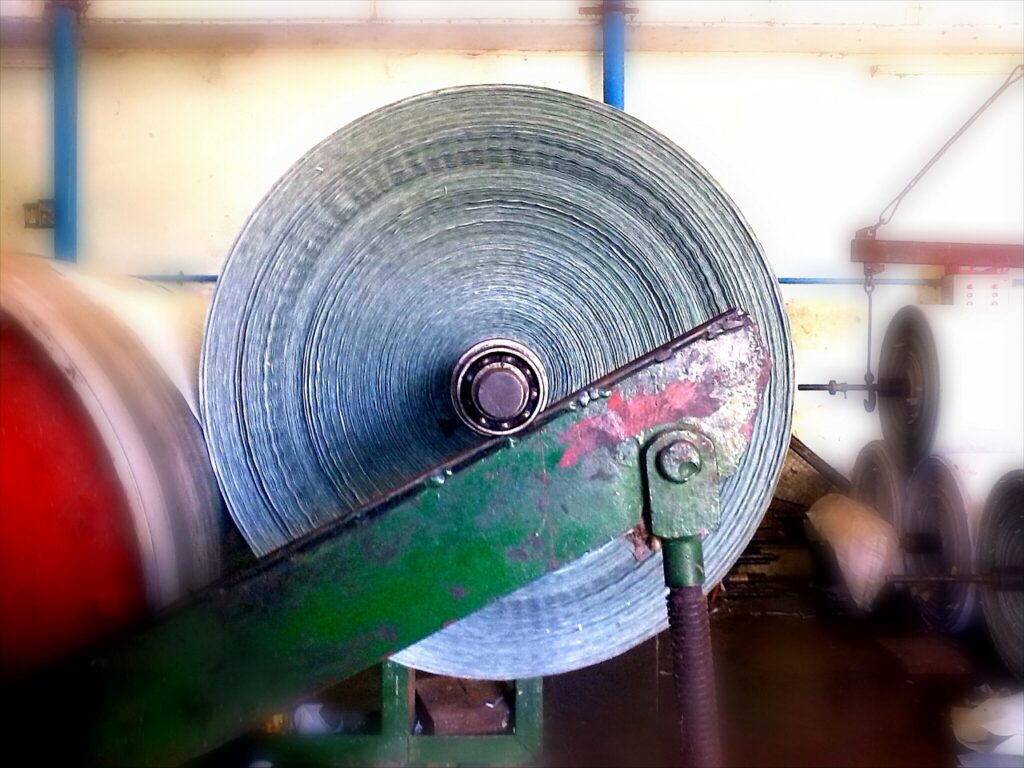
Glass
Glass recycling is one of the most sustainable processes, as glass can be recycled indefinitely without losing quality. The cleaned glass cullet is melted down and used to form new glass products, like bottles and jars. Recycling glass not only conserves natural resources like sand but also uses less energy compared to creating new glass from raw materials.
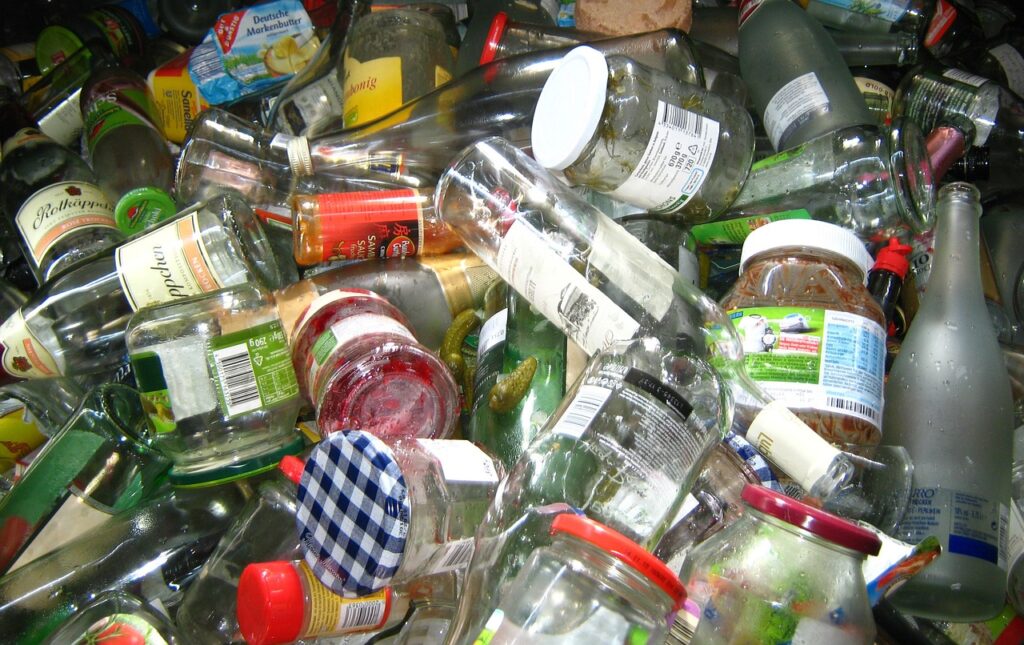
Plastic
Plastic recycling varies based on the type of plastic, as each has a unique composition. After sorting, plastics are shredded into small flakes, which are melted and formed into pellets. These pellets serve as raw materials to make a variety of products, from packaging materials to textile fibers in clothing. Although recycling plastic is more complex than glass or metal, it’s a crucial step in reducing the environmental impact of plastic waste.
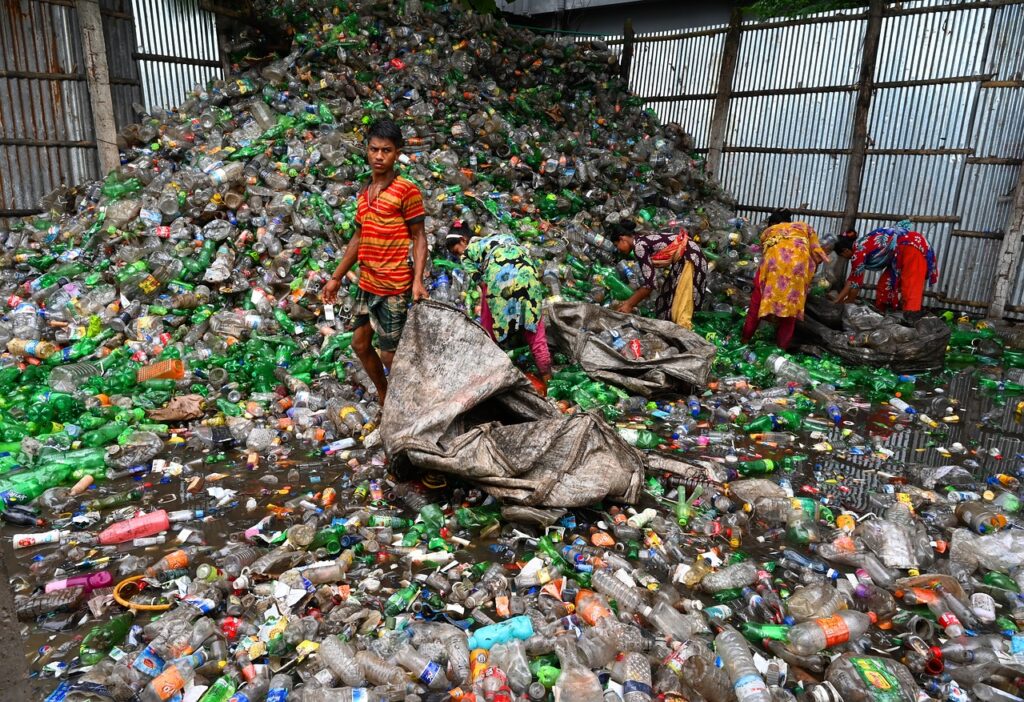
Metal
Metal recycling is highly energy-efficient. Aluminum cans, for instance, are crushed, shredded, and melted into molten metal, which is then used to make new cans or other products. Recycling metals saves significant energy—recycling aluminum, for instance, uses about 95% less energy than producing it from raw bauxite ore.
Step 6: Manufacturing New Products
After each material has been transformed, it is sent to various manufacturers to be used as raw materials for new products. For example:
- Recycled paper becomes notebooks, newspapers, or even cardboard boxes.
- Recycled glass is transformed into bottles, jars, or construction materials.
- Recycled plastics are used to make anything from clothing and furniture to packaging and automotive parts.
- Recycled metals turn into new cans, appliances, or building materials.
This phase is what completes the recycling process and gives life to “rebirth” by turning old materials into something new.
Challenges and Limitations of Recycling Process
While recycling is a powerful tool for sustainability, there are challenges. Some common issues include:
- Contamination: When non-recyclable items (like greasy pizza boxes or plastic bags) end up in recycling bins, they contaminate the batch and make the process more difficult.
- Limited Recycling Markets: Not all regions have recycling facilities for all materials, especially certain plastics.
- Downcycling: Some materials, particularly plastics, can only be recycled a few times before they lose quality, unlike glass or metals that can be recycled indefinitely.
- Processing Costs: Recycling processes can be costly, especially for materials that require extensive cleaning or advanced technology.
How You Can Help: Tips for Better Recycling Process
There are small but impactful steps we can all take to make the recycling process more effective:
- Clean Items Before Recycling Process: Rinse bottles, jars, and cans to remove food residue.
- Know What’s Recyclable: Check your local recycling guidelines to understand what items can go into your bin.
- Avoid Contaminants: Don’t place plastic bags, Styrofoam, or other non-recyclables in the recycling bin unless your facility accepts them.
- Reduce and Reuse First: The first two steps in the “reduce, reuse, recycle” mantra are just as important as recycling.
The Bigger Picture: Recycling’s Role in a Sustainable Future
Recycling process plays a vital role in reducing waste, conserving resources, and lessening our environmental impact. It’s a continuous cycle, beginning with responsible disposal and ending with the creation of new products. However, it’s essential to view recycling as part of a larger strategy toward sustainability, which includes reducing consumption, reusing what we can, and advocating for sustainable products and practices.
By understanding the recycling process and making informed choices, we contribute to a system that values resources and respects our planet. When we place that plastic bottle or paper in the recycling bin, we’re not just throwing it away—we’re giving it a chance to become something new and contribute to a cleaner, healthier world.
